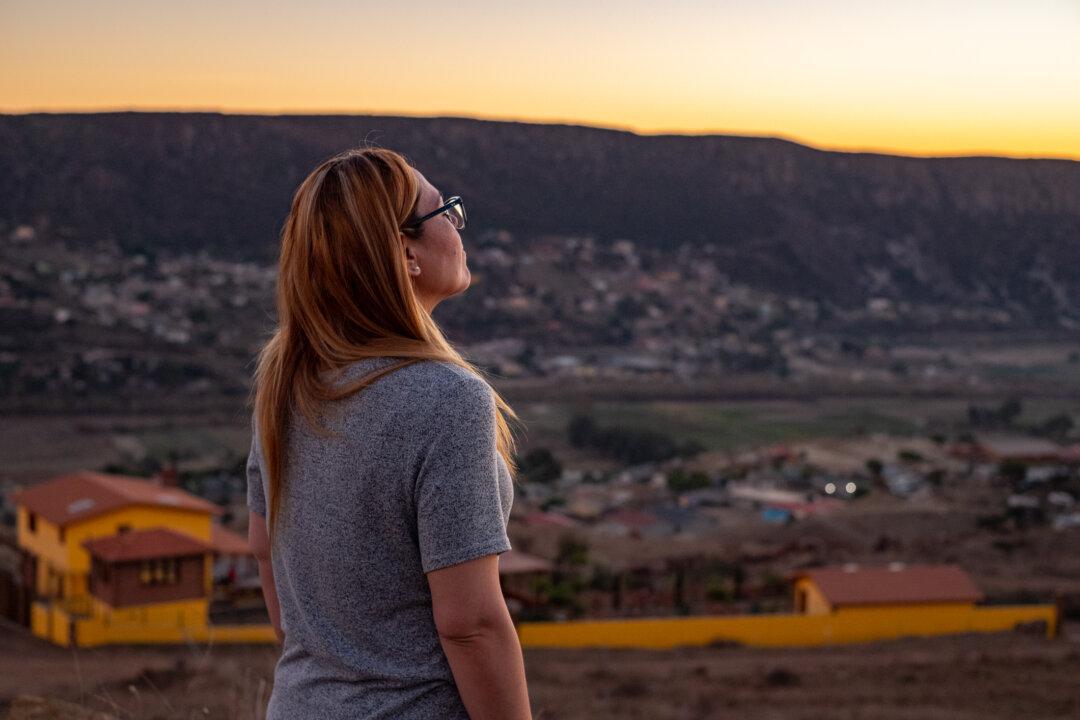An estimated 50 million people worldwide are being trafficked for labor or sex. And while it might be easy to assume that human trafficking is primarily a third-world problem, it’s more prevalent in wealthy countries like the United States.
“I think people will be really surprised to hear that 52 percent of those who are in trafficking are actually living in the wealthiest countries in the world—in those that are developed,” Preston Goff, senior director of communications for anti-trafficking organization The Exodus Road, told The Epoch Times.





